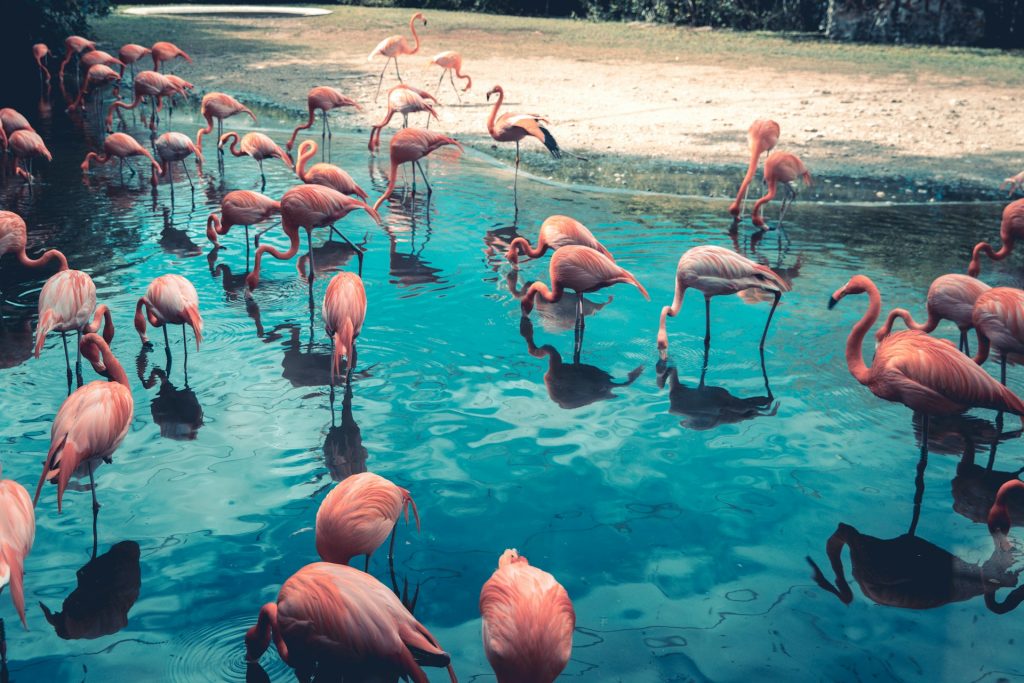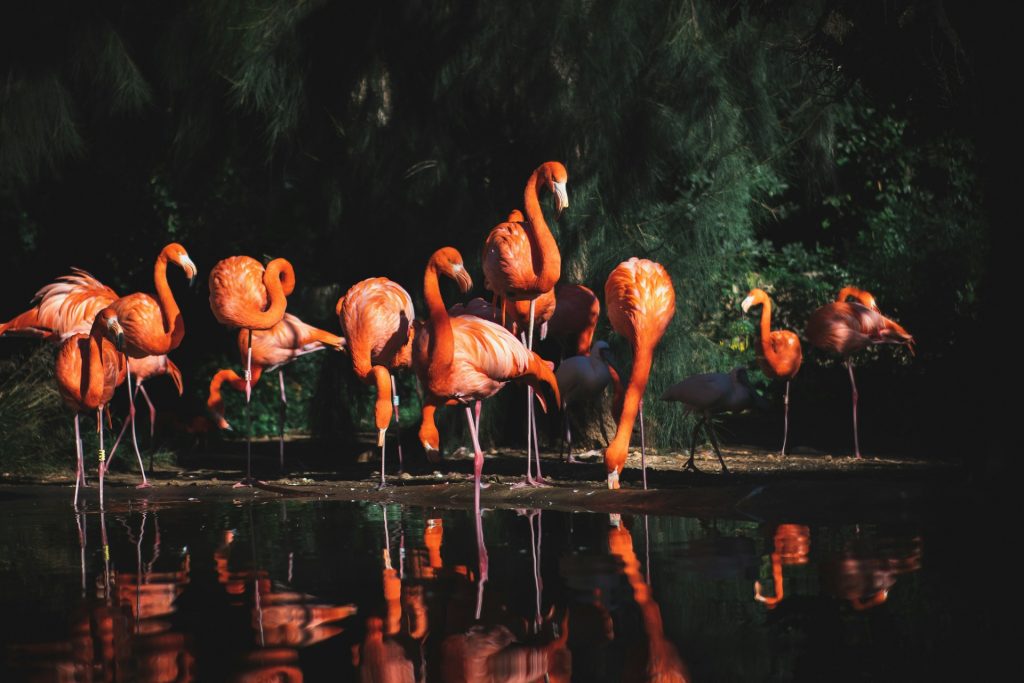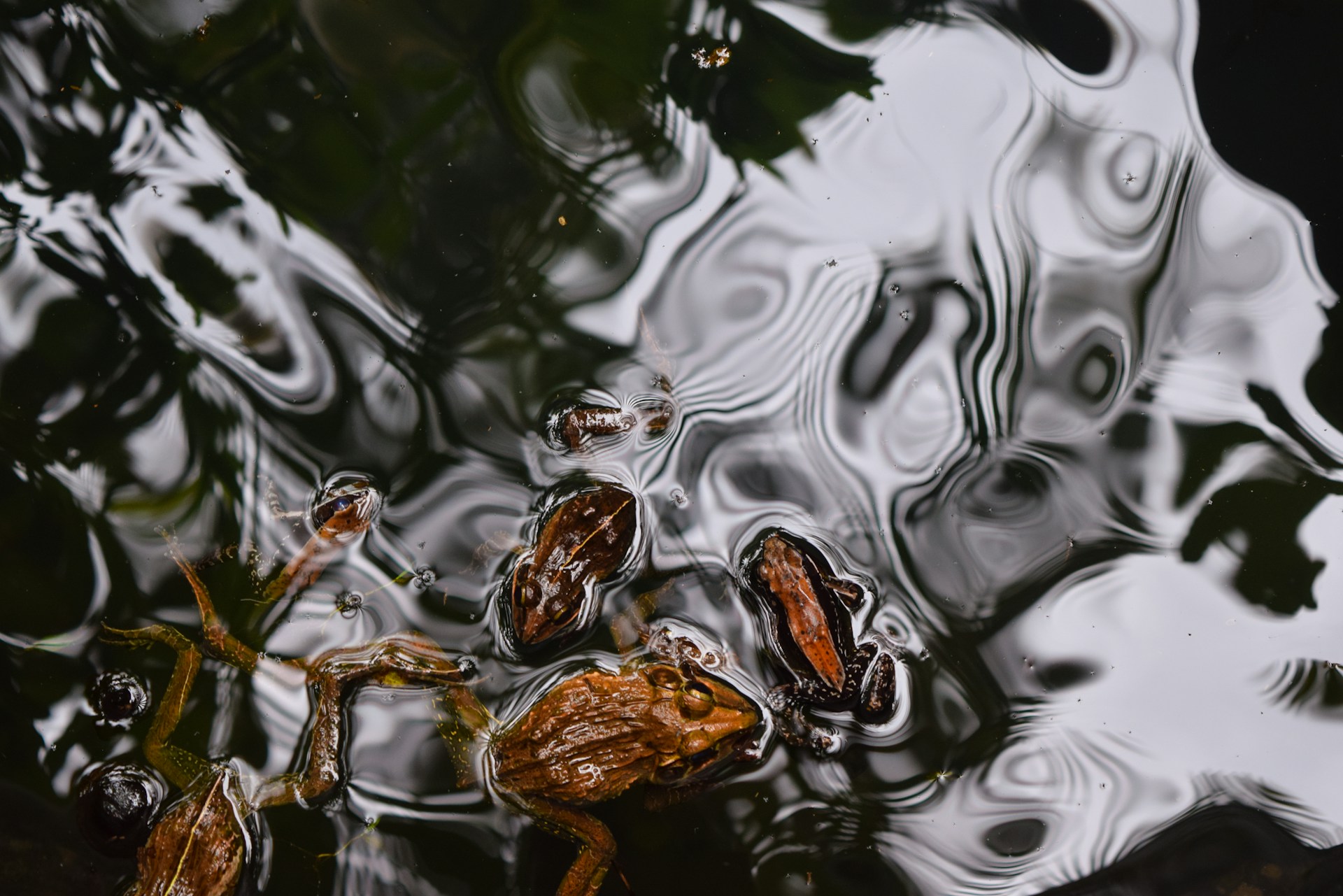Have you ever wondered why flamingos are pink? Prepare to be surprised—these vibrant birds aren’t born with their iconic hue. Dive into the fascinating world of flamingos and find out the strange reason behind their stunning pink transformation.

The Truth Behind Flamingo Pink
Contrary to popular belief, flamingos start their lives with grey or white feathers. It’s only through a peculiar diet that they acquire their dazzling pink coloration. Their diet primarily consists of brine shrimp and blue-green algae—foods rich in carotenoids, compounds that would typically be toxic to many other animals.
Dr. Paul Rose, a zoologist from the University of Exeter, explains, “Flamingos thrive in inhospitable, remote wetlands with highly alkaline waters. These waters teem with crustaceans, cyanobacteria, and diatom algae, all laden with carotenoids.” Remarkably, flamingos have evolved a specialized metabolism that allows them to safely metabolize these chemicals, converting them into pink pigments that color their feathers, skin, mucous membranes, and even their egg yolks and fat.
The Color of Love: Flamingos and Mating Season
During mating season, a flamingo’s pinkness becomes a badge of health and quality. “The pinker you are, the better your foraging skills and overall health,” says Dr. Rose. This vibrant display plays a crucial role in courtship rituals, where flamingos showcase their color and dance moves to attract a mate.

Meet the Flamingo Family: Species and Habitats
Flamingos come in six distinct species, each with its own unique characteristics and habitats:
- Greater Flamingo: The largest species, found across Africa, southern Europe, the Indian subcontinent, and the Middle East.
- Caribbean Flamingo: Known for its intense pink coloration, it inhabits South America, the Caribbean, and occasionally southern Florida.
- Chilean Flamingo: Found in South America, particularly in Chile, along with the Andean Flamingo and James’s Flamingo.
- Lesser Flamingo: The smallest species, residing in sub-Saharan Africa and northwest India.
Can Flamingos Fly? Yes, They Can!
Despite their size, flamingos are skilled flyers. Taking off with a short run and a few flaps of their wings, they can reach speeds of 50 to 60 km/h (31-37 mph). They often fly at night to avoid predators and cover impressive distances—up to 600 km (372 miles) in a single flight.
The Flamingo Courtship Dance
Each species of flamingo has its own unique courtship dance, characterized by graceful movements and vibrant displays of color:
- Head Fragging: The dance begins with tall, rigid posturing and rhythmic head movements from the tallest birds.
- Wing Movements: Followed by sweeping wing displays that intensify as the ritual progresses.
- Charging: Excited flamingos may charge together in unison, adding drama to their courtship display.
Dr. Rose notes, “Both male and female flamingos participate in these dances, showcasing their prowess in foraging and vibrant coloration.” These dances play a crucial role in pair bonding and mate selection during breeding seasons.
Group Dynamics: From Stands to Flamboyances
Flamingos are social birds, known for their collective behaviors:
- Stand: When engaged in everyday activities like feeding, a group of flamingos is called a “stand.”
- Flamboyance: During their elaborate courtship dances, these groups transform into a “flamboyance,” a fitting term for their vibrant and spirited displays.

So, the next time you see a flamboyance of flamingos, marvel at their pink perfection and remember their journey from humble grey beginnings to nature’s glamorous showstoppers. Flamingos truly embody the wonders of adaptation and the beauty of biodiversity in our world.





